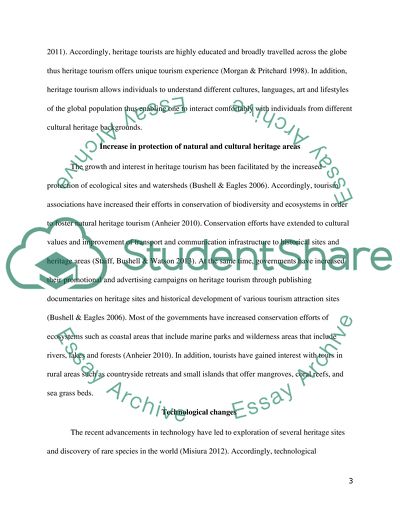Cite this document
(“What factors explain the growth and interest in heritage tourism Essay”, n.d.)
Retrieved from https://studentshare.org/tourism/1490674-what-factors-explain-the-growth-and-interest-in
Retrieved from https://studentshare.org/tourism/1490674-what-factors-explain-the-growth-and-interest-in
(What Factors Explain the Growth and Interest in Heritage Tourism Essay)
https://studentshare.org/tourism/1490674-what-factors-explain-the-growth-and-interest-in.
https://studentshare.org/tourism/1490674-what-factors-explain-the-growth-and-interest-in.
“What Factors Explain the Growth and Interest in Heritage Tourism Essay”, n.d. https://studentshare.org/tourism/1490674-what-factors-explain-the-growth-and-interest-in.


